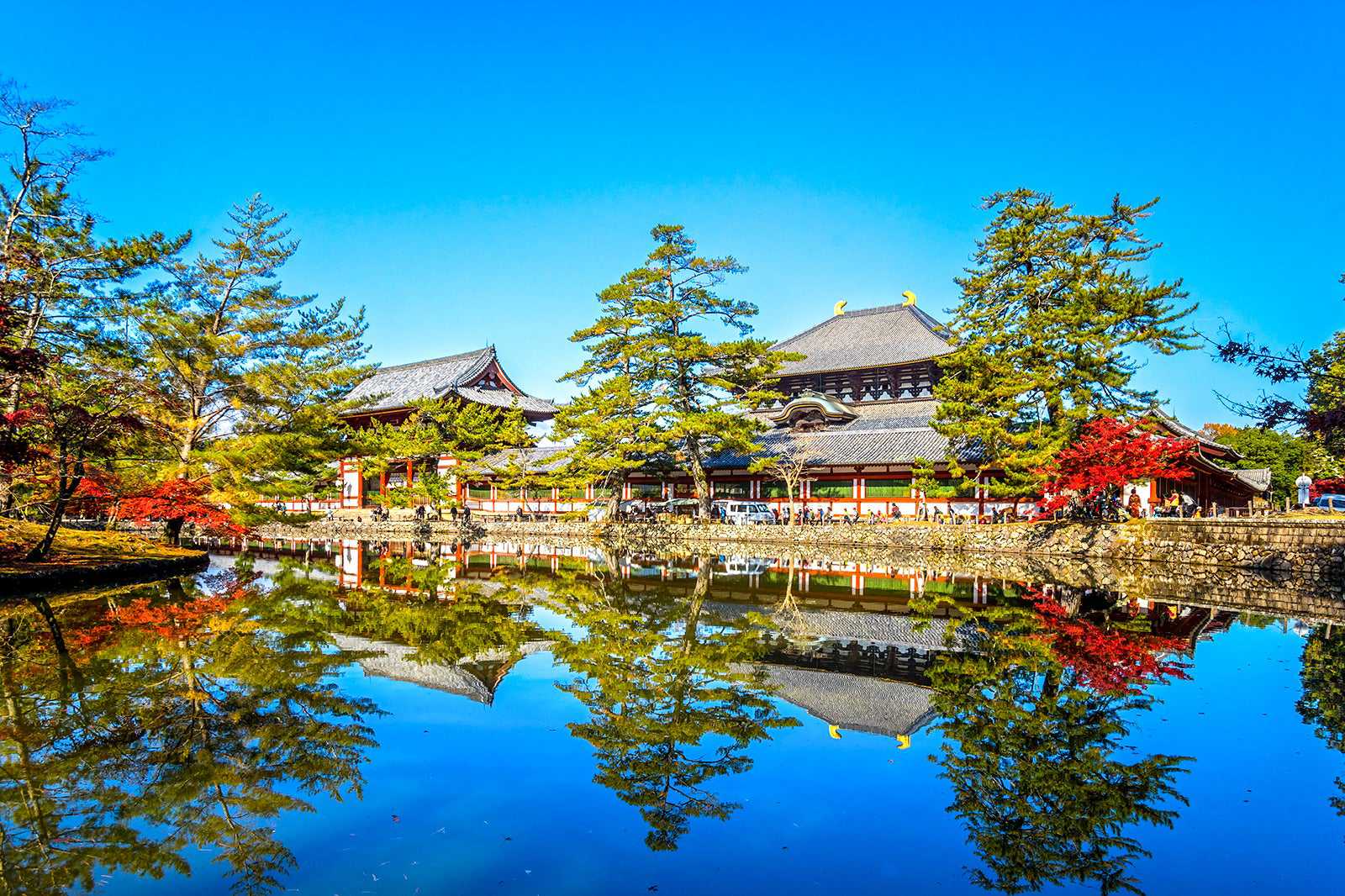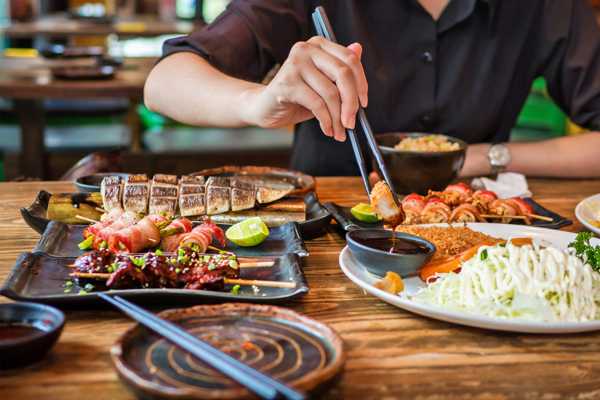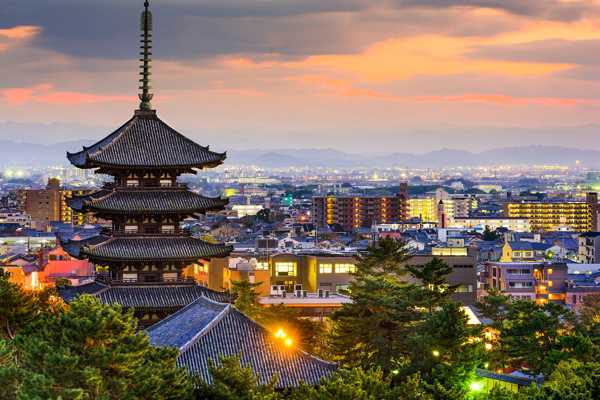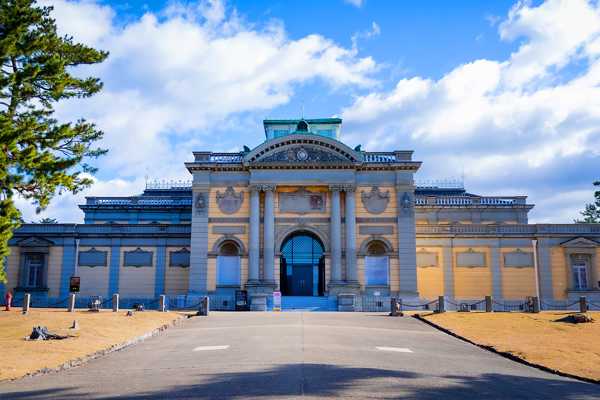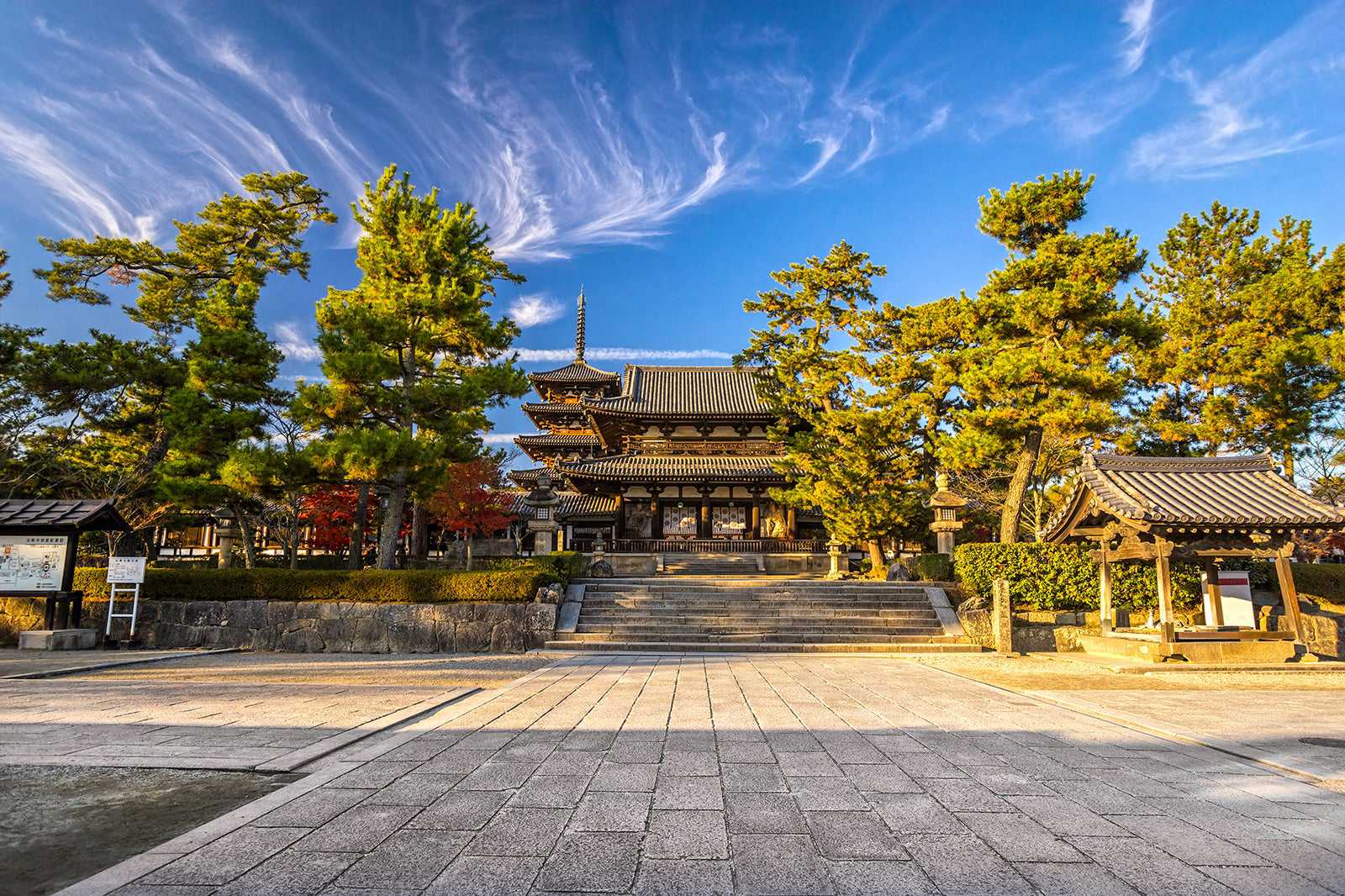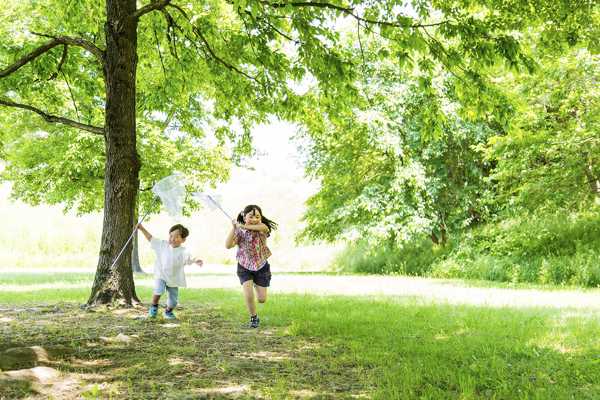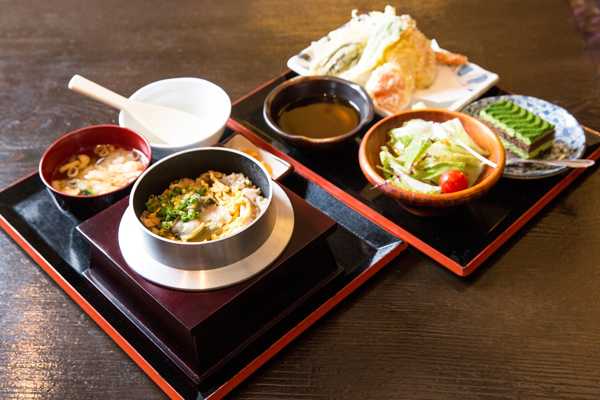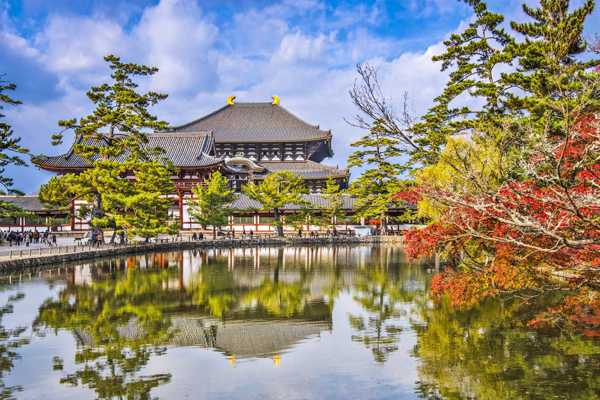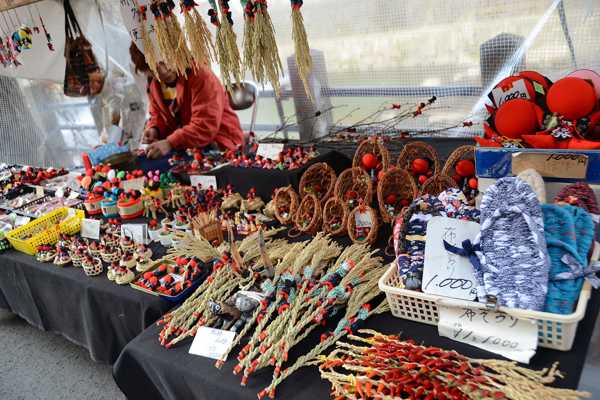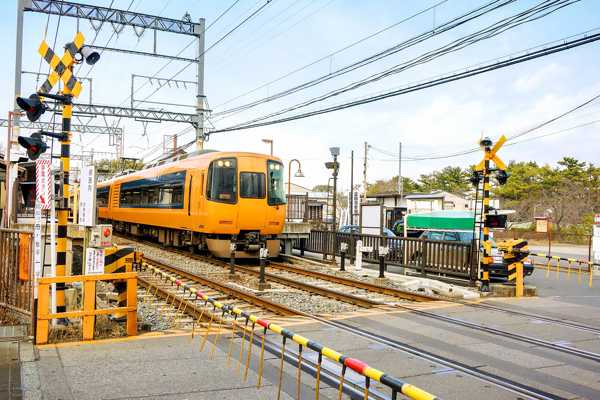Nara has some of Japan's most famous temples. If you're into shrines and temples, Nara is the place for you, with 3 UNESCO World Heritage Sites: Buddhist Monuments in the Horyu-ji Area, Historic Monuments of Ancient Nara, and Sacred Sites and Pilgrimage Routes in the Kii Mountain Range.
With many temples set in vast precincts, such as Horyu-ji and Kofuku-ji, it's best to plan ahead if you want to make the most of your time here.
- 1
Todaiji Temple
One of Nara's finest tourist attractions started with the wish of Emperor Shomu

- Giá rẻ
- Cặp đôi
- Gia đình
- Lịch sử
- Ảnh
Todaiji Temple is constantly crowded with tourists from Japan and abroad who want to view the gigantic Daibutsu (Great Buddha), which was built by the decree of Emperor Shomu (1522-1591).
The Kondo (Golden Hall), where the Great Buddha is enshrined, is one of the largest wooden structures in the world. The 2 statues of Kongorikishi, facing each other in "A-Un" mutual understanding (with their minds perfectly on the same wavelength) at Nandaimon Gate, are the work of master Buddhist sculptors Unkei and Kaikei. While Todaiji Temple has a lot to offer, you should try to find time for a visit to the Shunie Ceremony held at Nigatsudo Hall in February of Japan’s old lunisolar calendar. Known as Omizutori (“the drawing of water"), this ritual has been an uninterrupted tradition since the Nara period (710-794).
Địa điểm: 406-1 Zoshicho, Nara City, Nara Prefecture 630-8211, Japan
Giờ mở cửa: Great Buddha Hall: April—October: Daily from 7.30 am to 5.30 pm, November—March: Daily from 8 am to 5 pm, Hokke-do (Sangetsu-do), Kaidan-in Sente-do: Daily from 8.30 am to 4pm, Todaiji Museum: April—October: Daily from 9.30 am to 5.30 pm, November—March: Daily from 9.30 am to 5 pm
Điện thoại: +81 (0)742-22-5511
Bản đồ - 2
Kasuga Taisha Shrine
A gorgeous shrine painted red and protected by a primeval forest
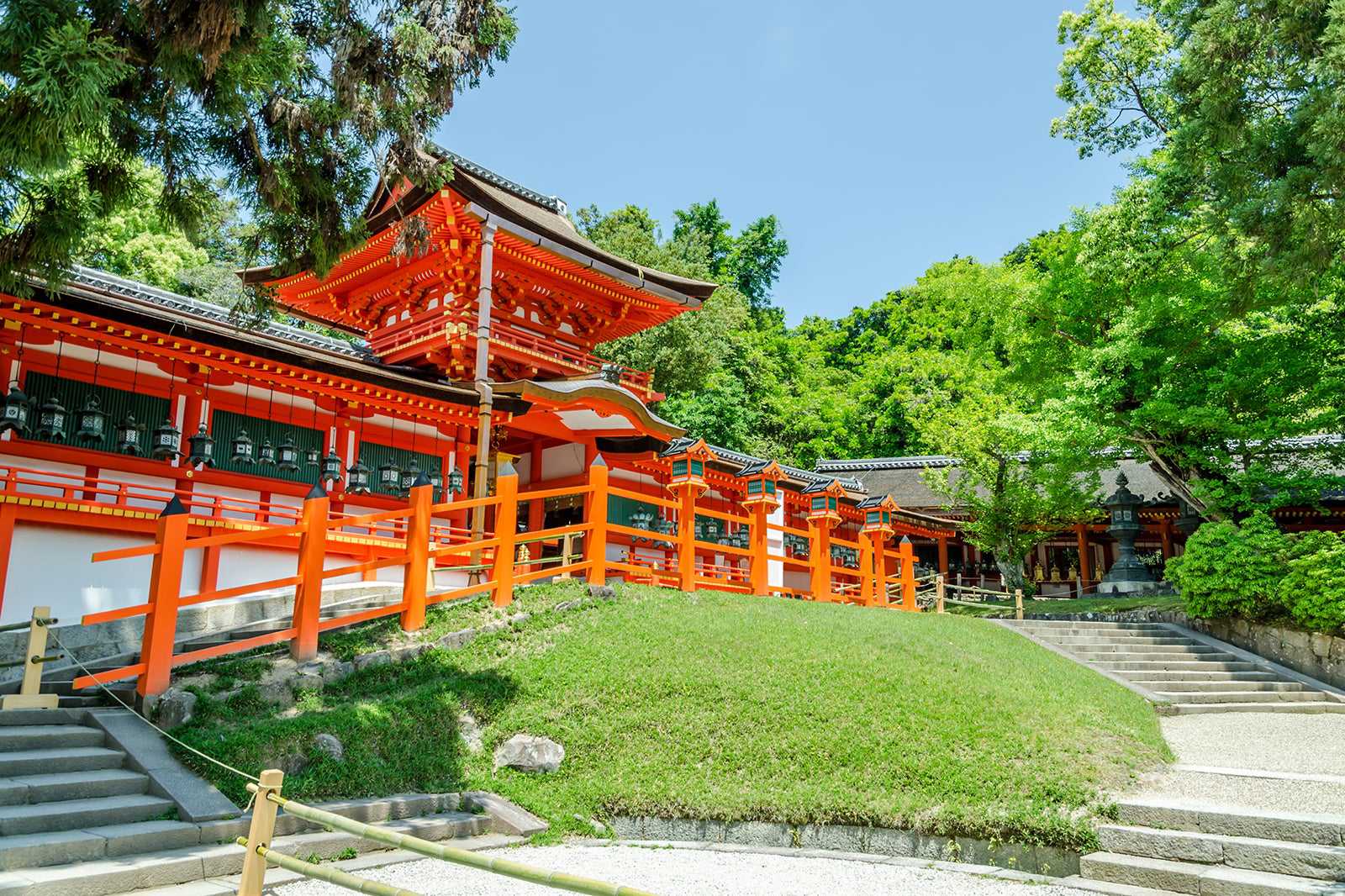
- Giá rẻ
- Cặp đôi
- Gia đình
- Lịch sử
- Ảnh
Kasuga Taisha Shrine and the Kasugayama Primeval Forest that spreads out behind it, with vividly vermilion-lacquered shrine pavilions spread out amidst the dense forest, make up 2 of the 8 sites that comprise the World Heritage Site "Historic Monuments of Ancient Nara".
To fully appreciate the purifying energy of Kasuga Taisha Shrine, tourists are invited to attend the morning prayer service known as Chohai. In the past, only the priesthood and shrine staff performed this service, but in commemoration of the 1,300th anniversary of the relocation of the Heijo-kyo capital, general visitors are now allowed to participate. Attendees must gather at Naoraiden Hall, located next to the shrine office, before 9.00 am to take part in the morning service.
Địa điểm: 160 Kasuganocho, Nara City, Nara Prefecture 630-8212, Japan
Giờ mở cửa: March—October: Daily from 6.30 am to 5.30 pm, November—February: Daily from 7 am to 5 pm
Điện thoại: +81 (0)742-22-7788
Bản đồ - 3
Toshodaiji Temple
A temple founded by an abbot from the ancient capital of China
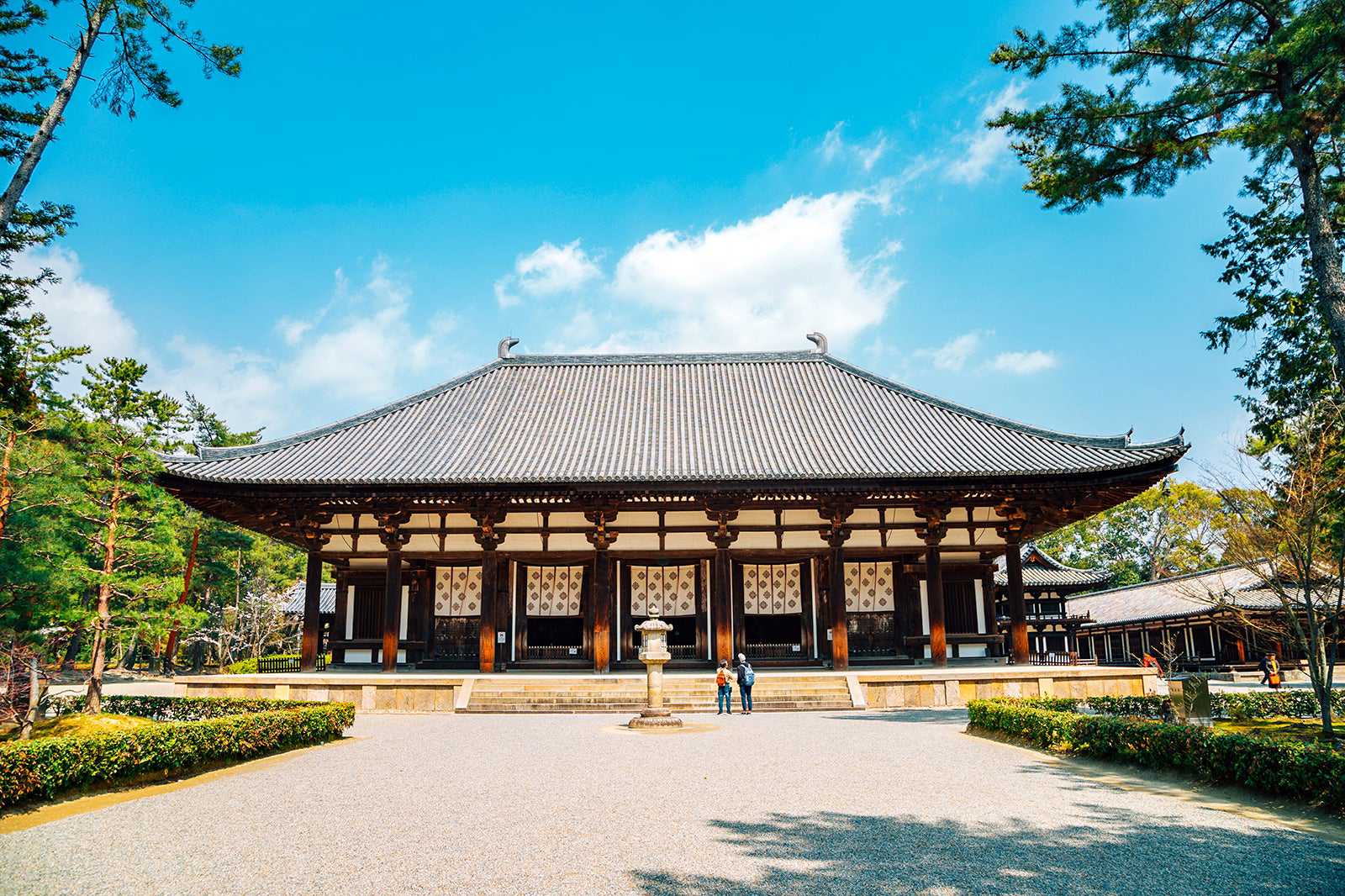
- Giá rẻ
- Cặp đôi
- Gia đình
- Lịch sử
- Ảnh
Toshodaiji Temple was founded by Ganjin Wajo, an abbot who travelled to Japan from Chang’an (ancient capital of China) to transmit the precepts of Buddhism in response to an invitation from the Emperor. The sedentary image of Ganjin Wajo housed in Toshodaiji is the oldest extant portrait sculpture in Japan, with a realistic expression that makes it seem as if he were still alive.
The architecture of the Toshodaiji Temple complex is reminiscent of the Heijo-kyo capital, which flourished here as a cosmopolitan city in ancient times. The pillars of the Kondo (Golden Hall) have an elegant shape with a slightly bulging centre in the entasis style, much like the pillars in Greek and Roman temples.
Địa điểm: 13-46 Gojocho, Nara City, Nara Prefecture 630-8032, Japan
Giờ mở cửa: Daily from 8.30 am to 5 pm
Điện thoại: +81 (0)742-33-7900
Bản đồ - 4
Yakushi-ji Temple
Experience the ancient city beauty of scenery viewed from the Great Pond
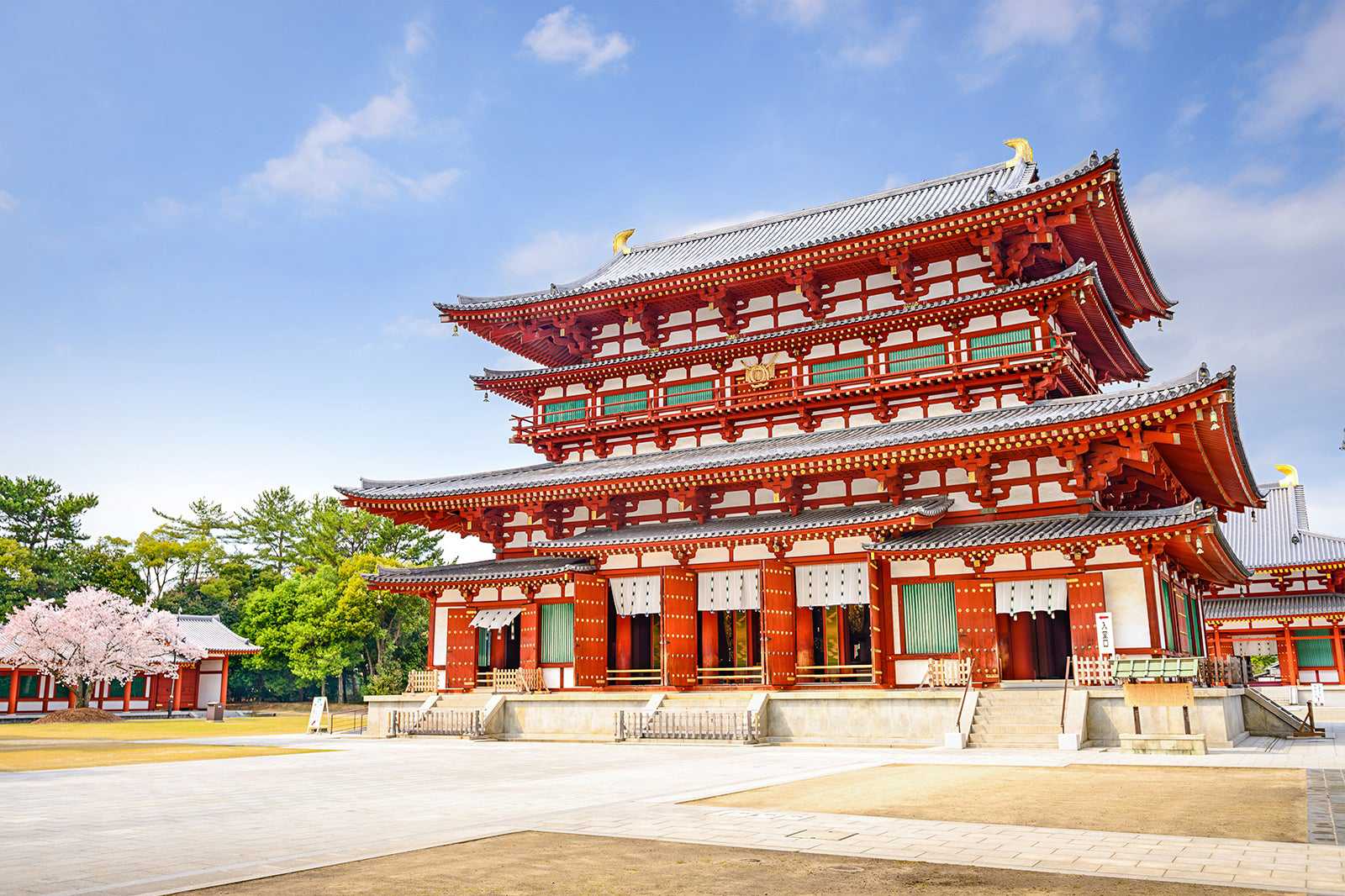
- Giá rẻ
- Cặp đôi
- Gia đình
- Lịch sử
- Ảnh
Yakushi-ji Temple was built by Emperor Temmu as a prayer for the recovery of his sick Empress (who later became Empress Jito). Viewed from the nearby Great Pond, with Mt. Wakakusa and Mt. Kasuga in the background, its beauty means it’s considered to be one of Nara's most famous landscapes, and it’s even mentioned in the Manyoshu (“Anthology of Myriad Leaves”).
The only surviving building from the Nara period in the Yakushi-ji Temple complex is the Toto (East Pagoda), a designated National Treasure. This is a three-storey pagoda with a distinctive architectural style in which each floor is decorated with a mokoshi, a type of skirt. Admiring its beauty, the pagoda was called "Frozen Music" by the art historian Ernesto Fenollosa.
Địa điểm: 457 Nishinokyocho, Nara City, Nara Prefecture 630-8563, Japan
Giờ mở cửa: Daily from 8.30 am to 5 pm
Điện thoại: +81 (0)742-33-6001
Bản đồ - 5
Horyuji Temple
A world-class Buddhist heritage site in the idyllic village of Ikaruga
- Giá rẻ
- Cặp đôi
- Gia đình
- Lịch sử
- Ảnh
Đọc thêmHoryuji Temple is said to have been founded by Prince Shotoku for his late father, Emperor Yōmei, some 1,400 years ago. Among its architectural treasures, the Kondo (Main Hall), Gojuno-To (Five-Storey Pagoda), Kairo (Corridor), and Chumon (Central Gate) are the world’s oldest surviving wooden structures, and became Japan’s first UNESCO World Cultural Heritage site.
Horyuji Temple is famed for its wealth of designated National Treasures in architecture and Buddhist art, including outstanding Buddhist sculptures such as the Shakyamuni Buddha, Yakushi Nyorai, and Amida Nyorai enshrined in the Kondo hall. Its vast precincts are divided into 3 areas: the Saiin Garan, which includes the Main Hall and the Five-Storey Pagoda; the Toin Garan with Yumedono and Shariden; and the Daihozoin (Great Treasure Gallery).
Địa điểm: 1-1-1 Horyuji Sannai, Ikaruga-cho, Ikoma District, Nara Prefecture 636-0115, Japan
Giờ mở cửa: 22nd February—3rd November: Daily from 8 am to 5 pm, 4th November—21st February: Daily from 8 am to 4.30 pm
Điện thoại: +81 (0)745-75-2555
Bản đồ - 6
Shinyakushiji Temple
A quiet and calm temple famous for its "Twelve Heavenly Generals" statues, a masterpiece of Tenpyo sculpture
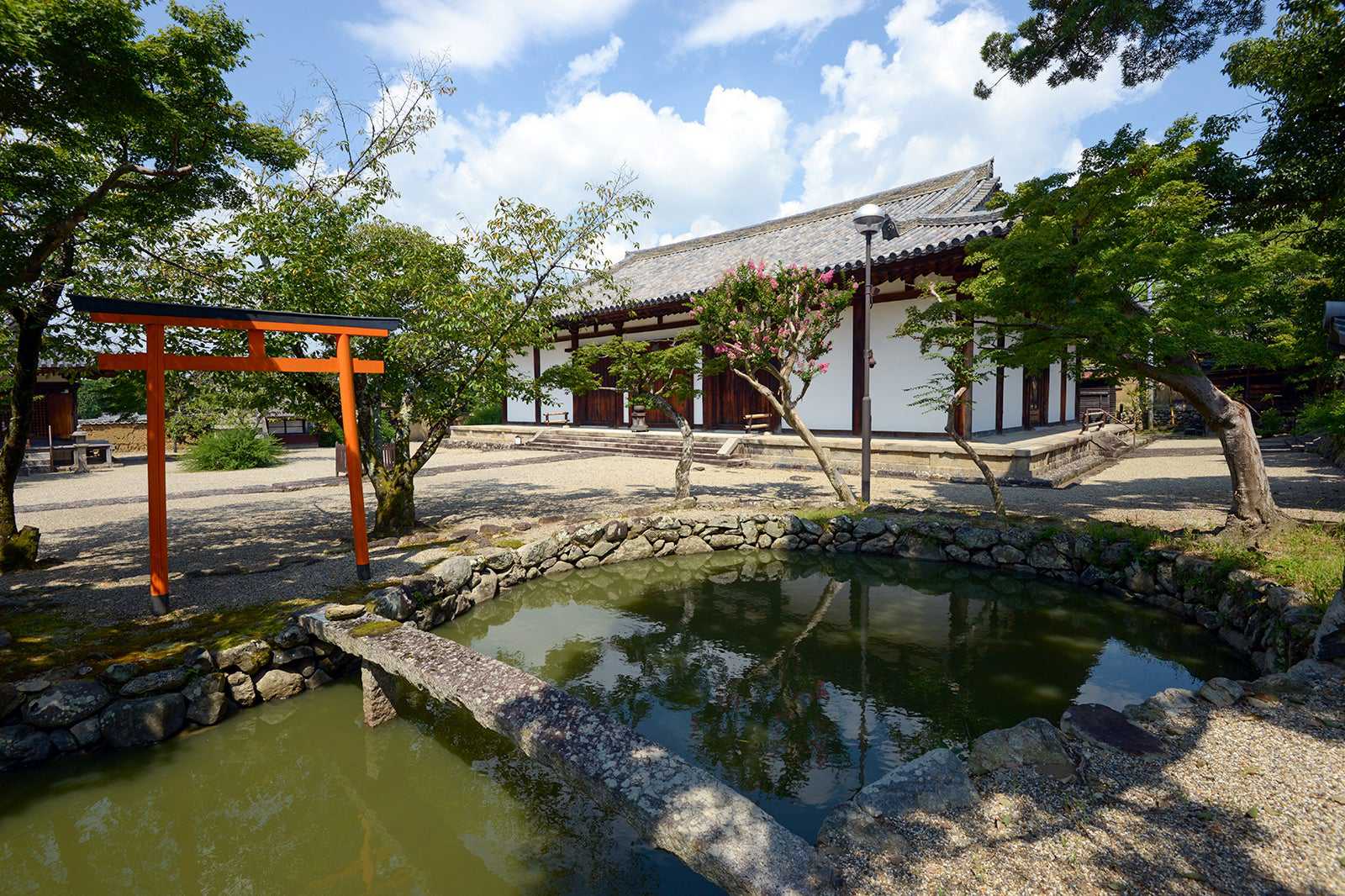
- Giá rẻ
- Cặp đôi
- Gia đình
- Lịch sử
- Ảnh
Shinyakushiji Temple was opened in 747 by Empress Komyo for the healing of Emperor Shomu’s illness. The Hondo (Main Hall), designated as a National Treasure, impresses with its simple yet powerful style of architecture from the Tenpyo period (729—749).
The main statue of Yakushi Nyorai and the powerful images of Juni-shin Shozo (Twelve Heavenly Generals) protecting the Yakushi Nyorai are regarded as masterpieces of Buddhist statuary from the Nara period. Nestled in a residential area a short walk south of Kasugataisha Shrine, you can enjoy a wonderfully tranquil time here.
Địa điểm: 1352 Takabatakecho, Nara City, Nara Prefecture 630-8301, Japan
Giờ mở cửa: Daily from 9 am to 5 pm
Điện thoại: +81 (0)742-22-3736
Bản đồ - 7
Gango-ji Temple
The entire Naramachi area used to be the precincts of this temple
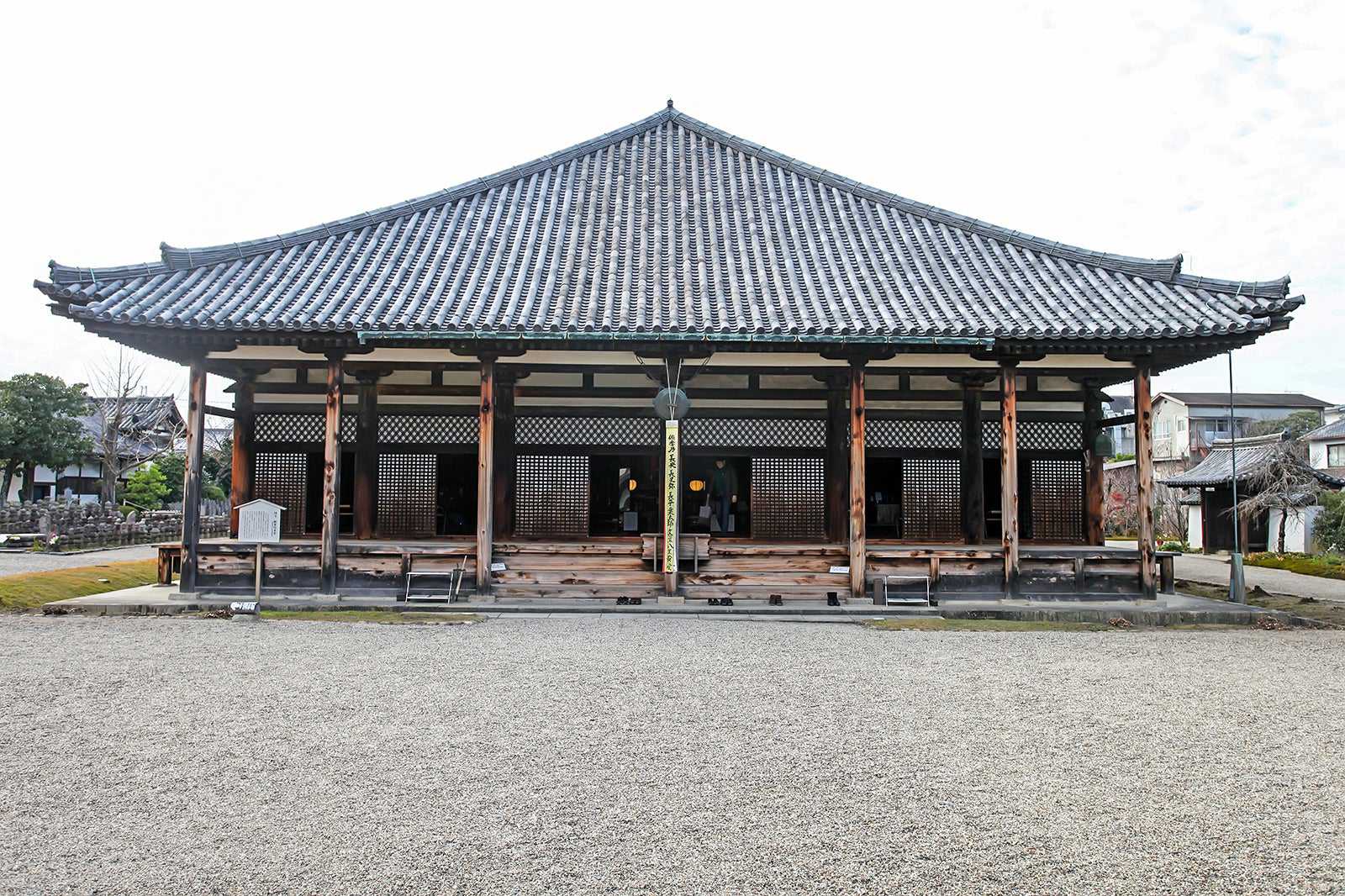
- Giá rẻ
- Cặp đôi
- Gia đình
- Lịch sử
- Ảnh
Gango-ji Temple, formerly known as Hokoji Temple (Asukadera Temple), is the oldest Buddhist temple in Japan, founded by Soga-no-Umako (a politician from the biggest clan in Japan) in Asuka Village, and was relocated to Heijo-kyo with the transfer of the capital to what is now Nara City. Its precincts once encompassed the entire present-day Naramachi area, but today only a portion of the former monks' quarters remains.
Part of the roofs of the Gokurakubou (Main Hall) and the Zendo (Zen meditation hall) are still covered with round roof tiles from the Asuka period, dating back about 1,300 years. The temple is prestigious for its many designated National Treasures and Important Cultural Assets, including a five-storey pagoda, and is part of the World Heritage Site, but it’s still quiet, offering a peaceful and relaxing spot that’s well worth visiting during a stroll in the Naramachi area.
Địa điểm: 11 Chuincho, Nara City, Nara Prefecture 630-8392, Japan
Giờ mở cửa: Daily from 9 am to 5 pm
Điện thoại: +81 (0)742-23-1377
Bản đồ - 8
Kofuku-ji Temple
Nara's most iconic temple is a treasure trove of national treasures
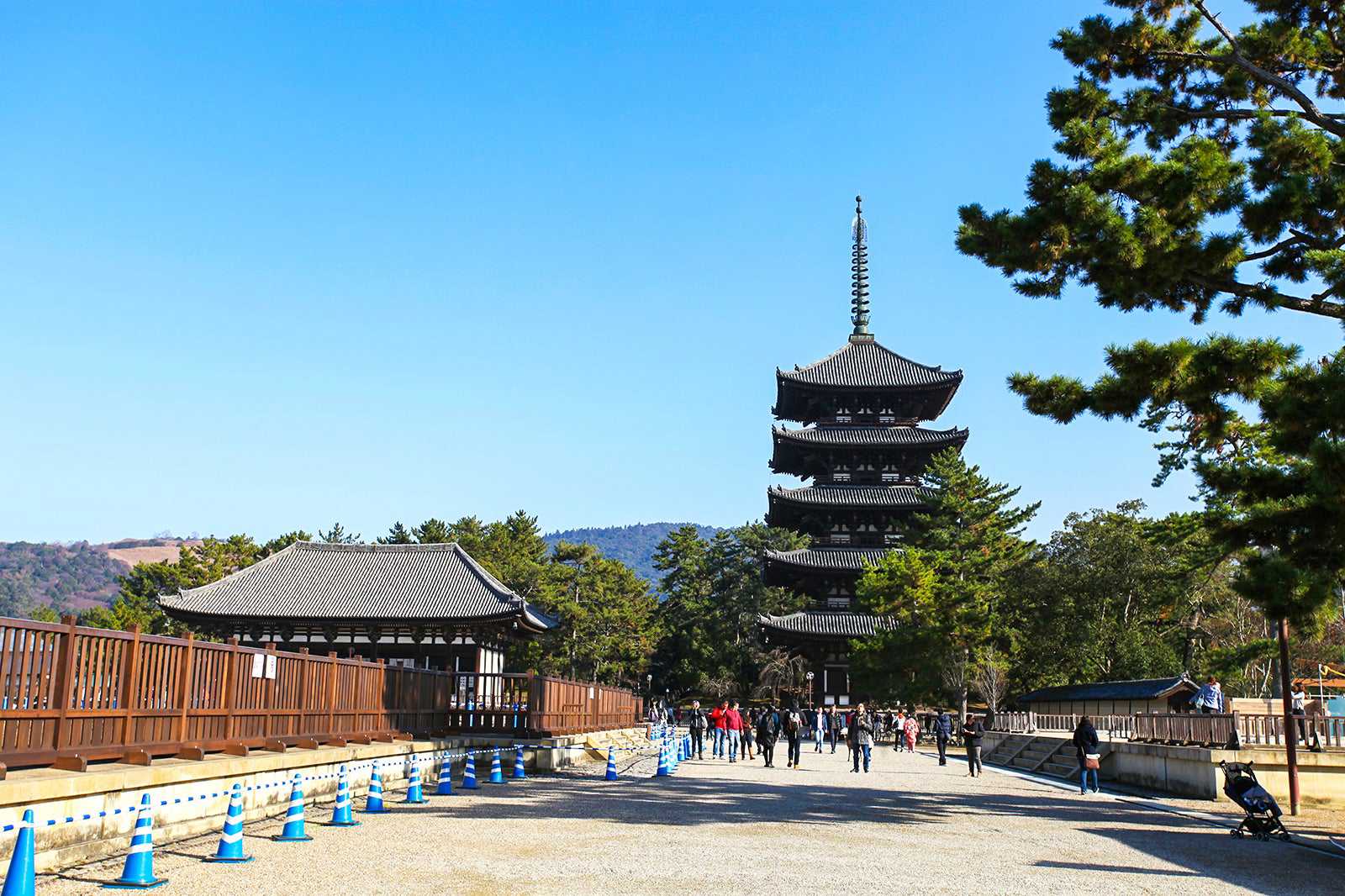
- Giá rẻ
- Cặp đôi
- Gia đình
- Lịch sử
- Ảnh
Kofuku-ji Temple, belonging to the Fujiwara Clan, began life as Yamashinadera Temple located in Kyoto. It was relocated to its current location with the relocation of the capital to Heijo-kyo. As would befit a temple founded by the powerful Fujiwara Clan, Kofuku-ji Temple is home to numerous designated National Treasures and Important Cultural Properties, making it one of the most prominent temples in the ancient capital of Nara.
Among the many attractions at Kofuku-ji, the National Treasure Hall, which houses sculptures such as the statue of Ashura, is a must-see. Other highlights include the five-storey pagoda, Chukondo (Central Golden Hall) and Tokondo (Eastern Golden Hall).
Địa điểm: 48 Noboriojicho, Nara City, Nara Prefecture 630-8213, Japan
Giờ mở cửa: Daily from 9 am to 5 pm
Điện thoại: +81 (0)742-22-7755
Bản đồ - 9
Saidaiji Temple
A famous temple that was once up there alongside Todaiji Temple

- Giá rẻ
- Cặp đôi
- Gia đình
- Lịch sử
- Ảnh
Saidaiji Temple was one of the seven great temples of Nara in the Nara Period (710—784), rivalling Todaiji Temple in its scale of operations. After the capital was relocated to Kyoto in the Heian period (794—1185), the temple lost many of its buildings due to repeated fires, and the remaining buildings, including Hondo (Main Hall), Aizendo Hall, and Shio-do Hall, all date back to the mid-Edo period (1603—1868).
This temple is particularly well-known for the statue of the seated Aizen Myo-o (one of the Wisdom Kings in Buddhist belief), a secret Buddha enshrined in the Aizen Hall, which is unveiled twice a year in the spring and autumn. Saidiji Temple is conveniently located a short walk from Yamato Saidaiji Station on the Kintetsu Railway.
Địa điểm: 1-1-5 Saidaiji Shibacho, Nara City, Nara Prefecture 631-0825, Japan
Giờ mở cửa: Daily from 8.30 am to 4.30 pm
Điện thoại: +81 (0)742-45-4700
Bản đồ - 10
Hokkeji Temple
One of the 3 main Yamato temple ruins, built by Empress Komyo
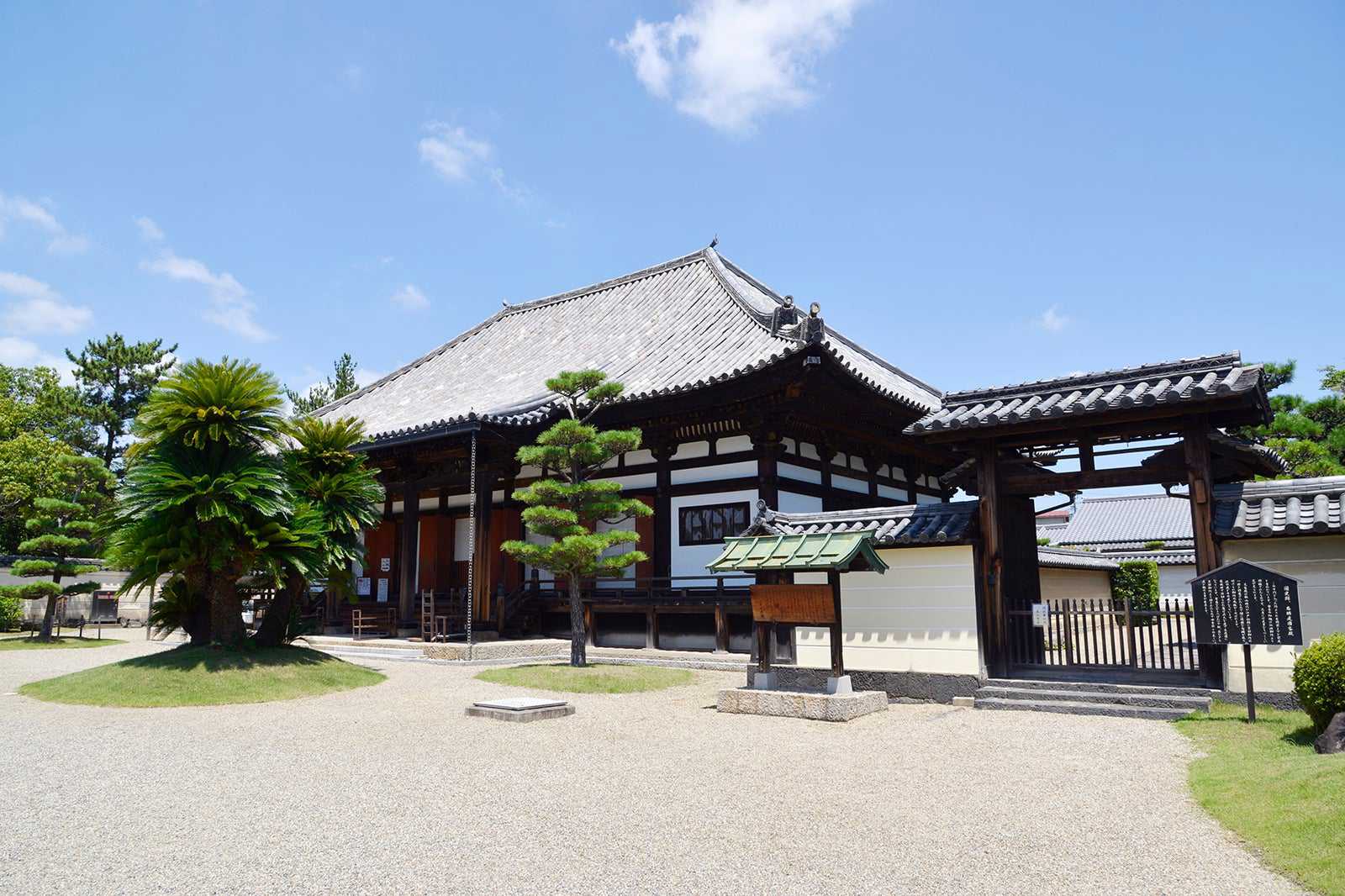
- Giá rẻ
- Cặp đôi
- Gia đình
- Lịch sử
- Ảnh
Hokkeji Temple traces back to the time when Empress Komyo, Empress consort of Emperor Shomu, turned her own residence into a temple after the death of her father, Fujiwara no Fuhito. In the Nara period (710-794), the temple became the headquarters of Buddhist convents. Its elegant appearance is typical of a convent, and seasonal flowers appear in full bloom in the well-kept flower garden.
The principal image of the temple, the Statue of Eleven-Headed Kannon (a designated National Treasure), is specially opened to the public in the spring and autumn. The temple is also home to a karafuro, a bathhouse that Empress Komyo built to provide relief for afflicted people, as well as guardian dogs for safe delivery by Buddhist nuns and to ward off bad luck, all of which add to Hokkeji’s sense of history and prestige.
Địa điểm: 882 Hokkejicho, Nara City, Nara Prefecture 630-8001, Japan
Giờ mở cửa: 1st March—15th November: Daily from 8.30 am to 5 pm, 16th November—end of February: Daily from 8.30 am to 4.30 pm
Điện thoại: +81 (0)742-33-2261
Bản đồ
